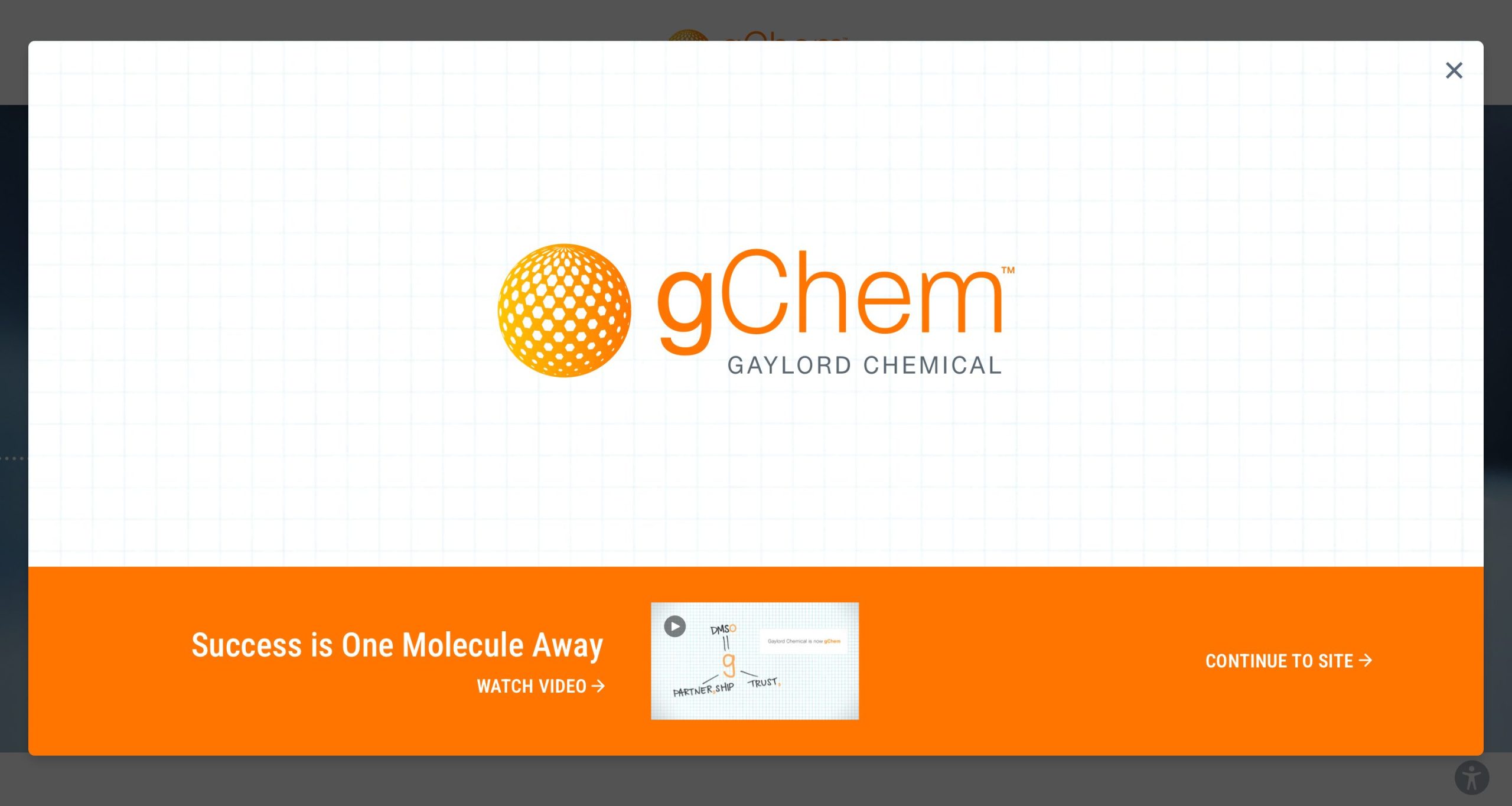Alkylation of carboxylate ions with alkyl halides in DMSO or DMSO-water is an efficient method of esterification [Pfeffer, P. E., Silbert, L. S. , J. Org. Chem. 41, 1373-1379 (1976); Webb, R.L., U.S. 3,280,177 (C1. 260-489) (Oct. 18, 1966); Galli, C., Mandolini, L. , J. Chem. Soc. Perkin Trans. II, 443-445 (1977)]. Carboxylate ions have also been used to displace sulfonates [Schmidt, U.; Gombos, J.; Haslinger, E.; Zak, H. Ber. 109, 2628-2644 (1976)]. In aqueous DMSO systems, the reaction rate increases as the concentration of DMSO increases both for intramolecular and intermolecular displacement [Kingsbury, C.A. , J. Am. Chem. Soc. 87, 5409-5416 (1965 )].
For example, adipic acid may be doubly esterified in DMSO in superior yields according to the following procedure. Adipic acid (0.5 mmol) was dissolved in DMSO (5 ml); MeI was added (5 mmol) followed by the addition of CaO (2g). The mixture was stirred at room temperature for 8 hours, and filtered. The filtered solid was washed with pet. ether (20 ml) and water (15 ml). The water and petroleum ether were added to the filtrate. The filtrate was extracted with pet ether (4 x 15 ml, washed with 10% aq. sodium thiosulfate, Na2CO3, and NaCl solns. The filtrate was dried, evaporated, then distilled to give the product in 91% yield. Adapted from Synthesis,262 (1972).
Similarly, simple alkyl halides, such as n-decylbromide, can be reacted with disodium phthalate in DMSO to give didecylphthalate in 91 % yield [Gustav, J., Schulz, D., Whitaker, A.C., Winteler, P, U.S. 3,418,360 (Dec. 24, 1968)].







